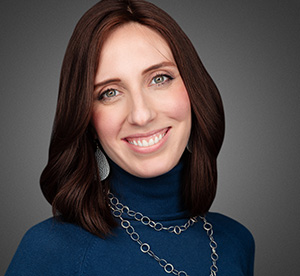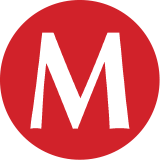Works for Me

4 women share the priorities and sacrifices that shaped their career paths

Choosing a career isn’t exactly a “one-size-fits-all” situation — it’s more like a juggling act with a few flaming swords thrown in for good measure. Fulfillment, salary, flexibility, stability, potential, security… yeah, those are just some of the basics. Four women share their career journeys, the priorities they balanced, the sacrifices they made, and the decisions that shaped their paths
Nechama Fiddle
When I initially began working, every decision I made was finance focused. There was never a question of “What do you enjoy doing?” It was all very practical. When I was in 12th grade, I worked on Sundays for a local dentist, so becoming a dental hygienist made sense.
The plan was that I’d start studying when I got back from seminary, but the day I got accepted to the dental hygiene program was the day I got engaged. We moved to Israel after our wedding, so dental hygiene school was put on hold.
After a few years, we moved back to America, and I took the first suitable job that came along. I did go for an interview for a nine-to- five office job, but quickly realized I’d need someone to watch my kids for a few hours every day until I got home. It was then that I made the decision that finances came second; I wanted to be a mother first and fit my job around my kids, not the other way around.
I took a job that had shorter hours, but I wasn’t happy there and stayed just a year, until my next kid came along. After that, I worked as a secretary for Camp Raninu. I was there for seven years. This was the first time I used my creativity in a job — I made ads for them and had to teach myself graphics to do that. I even thought about going into graphic design for a second, but at that point I didn’t think a career change was possible.
I’m a very creative person, and I wanted to use my creativity as an outlet while making some money on the side, so I sold decorated cakes for a while. This led to a six-month stint as a recipe developer for a magazine. Then I had my fourth kid, and my hands were full. I had no spare time to bake or develop recipes.
Eventually I grew out of this somewhat creative administrative job. Financially, we were in a position where my income was needed, but it was supplemental. I was never looking for a career, just to help out. At one point, we met with my husband’s rosh yeshivah, Rabbi Senter, and he said, “Don’t make yourself crazy to find the perfect job because your main goal is to be home for your children.” I found that very helpful advice.
I ended up in a property management company, where I stayed for seven years. This was the first time I was emotionally invested in a company. Every day I was excited to go to work. After years though, the company shifted directions and there came a point it was clear to me that it was time to leave. It was an agonizing decision to make.
Oops! We could not locate your form.







